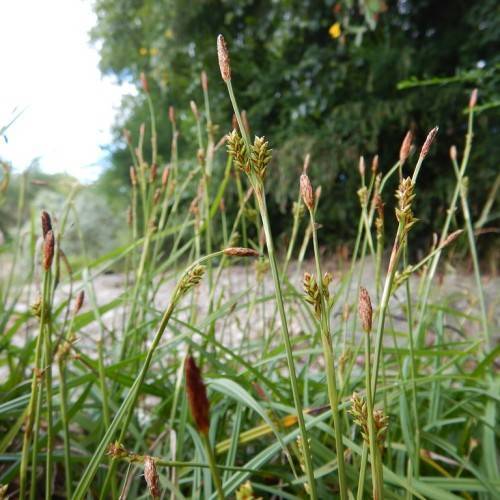
Sheathed Sedge
Carex vaginata
Watering:
Frequent
Hardiness Zone:
Sun:
full sun,part shade
Leaf:
Yes
Growth Rate:
Low
Drought Tolerant:
Yes
Salt Tolerant:
Yes
Care Level:
Medium
watering
Beaked Sedge prefers full to partial sun and moist soil. It is a rather slow grower and does not require frequent watering. Water the plant when the top inch of soil is completely dry. Water deeply, providing enough to saturate the root area of the soil. This will create a deeper root system and encourage healthier foliage. Make sure to avoid over-watering as this can lead to rot in the plant. Watering Beaked Sedge every 2 to 3 weeks should be sufficient to keep it healthy.
sunlight
Beaked Sedge prefers partial to full sun and moist to wet conditions. The plant is drought-tolerant once established, but it prefers moist, soggy soil or standing water. It should receive at least 5 hours of sunlight each day in order to grow and thrive. If it is planted in a shadier location, it may struggle to survive. In addition, the soil should be kept consistently moist throughout the growing season to ensure optimum health. In areas with warm or hot climates, additional afternoon shade is recommended to protect the plant from heat stress or sunburn. In cooler climates, extra sunlight may be beneficial to help the plant grow and thrive.
pruning
Pruning Beaked Sedge is best done in the late spring or fall when the plant is not actively growing. Pruning should not be too aggressive or severe and should focus on removing any dead or dying leaves. This will help to promote healthy growth and stop diseases and pests from attacking the plant. When pruning, it is best to use sharp, clean shears or pruners to ensure an even cut and to avoid damage to the plant. Pruned leaves should be removed from the garden and discarded, as they can spread diseases or attract pests.
